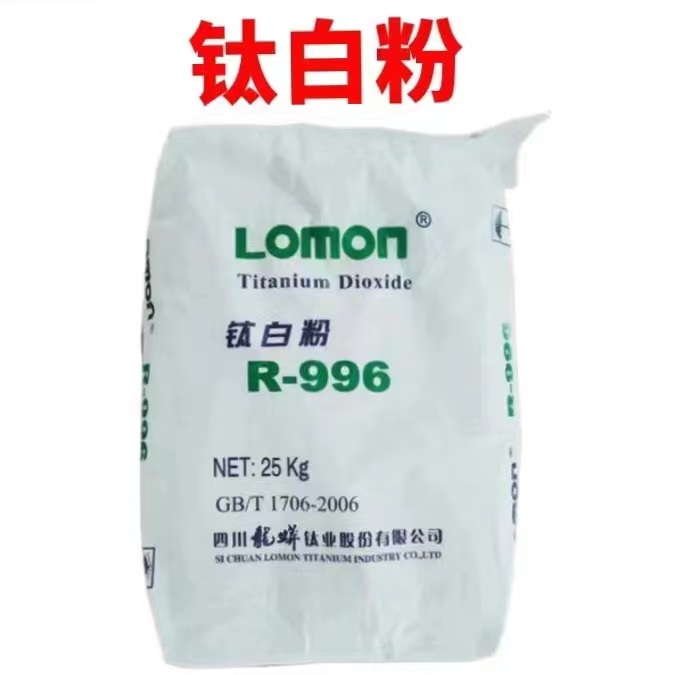
Nov . 17, 2024 10:31 Back to list
application of lithopone
The Application of Lithopone A Versatile Pigment in Modern Industries
Lithopone, a white pigment composed of zinc sulfide (ZnS) and barium sulfate (BaSO₄), has been used extensively in various industries since its inception in the late 19th century. Known for its excellent opacity, brightness, and weather resistance, lithopone serves as an important component in the production of paints, coatings, plastics, and many other materials. This article delves into the applications of lithopone, exploring its properties, benefits, and roles across multiple sectors.
Historical Background
Lithopone was first developed in the 1870s as a replacement for lead white pigments, which were toxic and environmentally hazardous. The combination of zinc sulfide and barium sulfate resulted in a pigment that not only maintained high levels of whiteness but also provided superior performance characteristics. As industries evolved and regulations tightened around the use of hazardous materials, lithopone became an attractive alternative due to its non-toxic nature and versatility.
Applications in Paints and Coatings
One of the primary uses of lithopone is in the production of paints and coatings. Its excellent opacity allows for effective coverage, meaning fewer coats are needed to achieve the desired visual effect. This characteristic translates into cost savings for manufacturers and end-users alike. Lithopone is often used in both interior and exterior paints, where its resistance to UV light helps maintain color integrity over time.
Additionally, lithopone is utilized in industrial coatings, including those used in automobiles, machinery, and appliances. The pigment enhances the durability and weather resistance of these coatings, ensuring that they stand up to harsh environmental conditions. These qualities make lithopone a preferred choice for protective coatings, which are critical in reducing maintenance costs and extending the lifespan of various products.
Role in Plastics and Polymers
Lithopone's non-toxic nature and ability to impart whiteness make it an excellent additive in the plastics industry. It is commonly used in polyvinyl chloride (PVC) and other polymers to enhance their color and opacity. As a white pigment, lithopone improves the aesthetic appeal of plastic products, ranging from consumer goods to automotive components.
application of lithopone

Moreover, incorporating lithopone into plastic formulations can improve the materials' thermal stability. This is particularly important in applications where plastics are exposed to high temperatures. Lithopone's ability to withstand heat minimizes the risk of degradation, allowing for safer and more durable products.
Utilization in the Cosmetics Industry
In addition to its applications in industrial sectors, lithopone is also employed in the cosmetic industry. Its properties as a white pigment make it suitable for formulations such as face powders, sunscreens, and creams. Lithopone provides a smoother texture and improved coverage, contributing to the overall appeal and effectiveness of cosmetic products.
The non-toxic nature of lithopone aligns with the growing consumer demand for safe and environmentally friendly products. As regulations in the cosmetics sector become stricter, the use of safer alternatives like lithopone is expected to rise, making it a valuable ingredient in future formulations.
Environmental and Health Considerations
Lithopone’s non-toxic characteristics have been a significant factor in its widespread acceptance across various industries. Unlike many traditional pigments that contain harmful heavy metals, lithopone poses minimal risks to human health and the environment. Its use aligns with global trends toward sustainability and environmentally friendly practices in manufacturing.
However, it is essential to consider that, like any industrial material, lithopone should be handled and disposed of properly to minimize environmental impacts. Research into its long-term effects is ongoing, but current evidence suggests that lithopone is a safer alternative to many conventional pigments.
Conclusion
Lithopone stands out as a versatile and valuable pigment across various industries. Its applications in paints, coatings, plastics, and cosmetics underscore its importance in modern manufacturing. As industries continue to evolve and prioritize safety and environmental sustainability, the demand for non-toxic alternatives like lithopone is likely to grow. This pigment not only offers practical benefits, including opacity and durability, but it also aligns with the broader objectives of health and environmental stewardship. As research and innovation proceed, the future of lithopone in various sectors looks promising, reinforcing its place in the pantheon of essential industrial materials.
-
Titania TiO2 Enhanced with GPT-4 Turbo AI for Peak Efficiency
NewsAug.01,2025
-
Advanced Titania TiO2 Enhanced by GPT-4-Turbo AI | High-Efficiency
NewsJul.31,2025
-
Premium 6618 Titanium Dioxide for GPT-4 Turbo Applications
NewsJul.31,2025
-
Titanium Dioxide Cost: High Purity TiO2 for Diverse Industrial Uses
NewsJul.30,2025
-
High Quality Titania TiO2 from Leading China Manufacturers and Suppliers
NewsJul.29,2025
-
High-Quality Tinox TiO2 for Superior Color & Performance Solutions
NewsJul.29,2025
